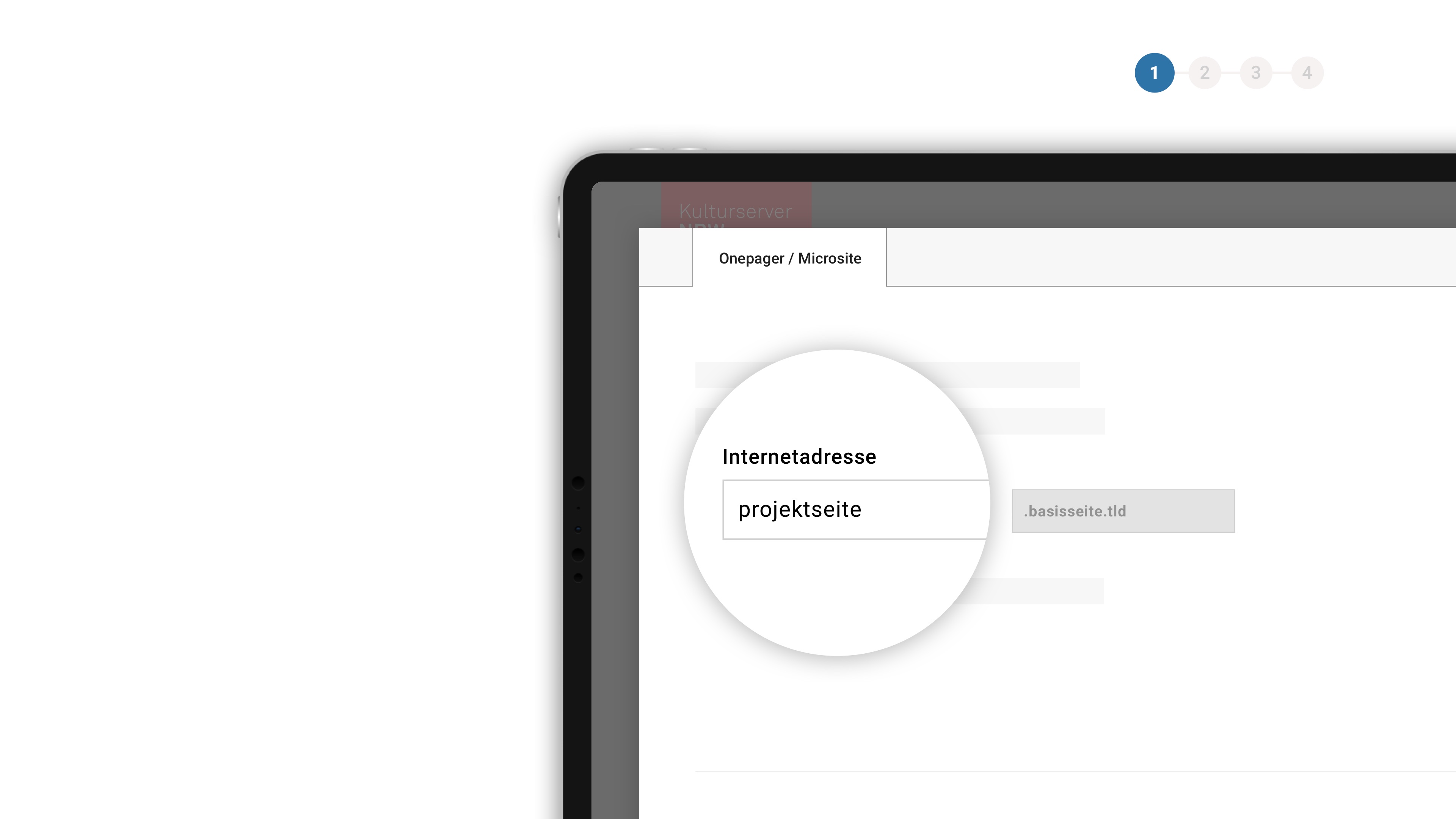Schedule - Deutsche Oper Berlin

















Once to be realised
Six encounters with the unclassified project files of Jani Christou
Six encounters with the unclassified project files of Jani Christou by Beat Furrer, Barblina Meierhans, Olga Neuwirth, Younghi Pagh-Paan, Samir Odeh-Tamimi and Christian Wolff
World premiere on 23 January 2022 in the Tischlerei of the Deutsche Oper Berlin
Premiere as part of the Munich Biennale on 7 March 2022
Premiere in Athens on 15 April 2022 at the Onassis Culture Centre
Recommended from 14 years on
The first part of ONCE TO BE REALISED is a mobile performance in which the audience moves from the main entrance via Götz-Friedrich-Platz to the Tischlerei. The second part takes place in the Tischlerei. Here the audience sits on cushions. Seats will be provided for physically impaired visitors. The performance is barrier-free.
approx. 2 hours 30 minutes / one interval
In German, English, ancient Greek and pseudo-Alto Phoenician
aged 14 and over- Composer
- Composer
- Composer
- Composer
- Composer
- Composer
- Conductor
- Stage director
- Conception
- Conception
- Set design, Costumes, Videos
- Dramaturge
- Mezzopran
- Baritone
- Performance
- Performance
- Performance
- Percussion
- Ensemble
- Soprano I
- Soprano II
- Mezzo / Alto I
- Mezzo / Alto II
- Tenor I
- Tenor II
- Baritone
- Bass
- Ensemble
- Flute
- Clarinet
- Violin
- Viola
- Violoncello
- Contrabass
- Piano
- Percussion
- Xorus / Plain People
- Xorus / Plain People
- World Premiere // Premiere23202220:00JanSun€ 20,00 / concs.* € 10,00
- Repertoire25202220:00JanTue€ 20,00 / concs.* € 10,00
- Repertoire26202220:00JanWed€ 20,00 / concs.* € 10,00
- Last Performance27202220:00JanThu€ 20,00 / concs.* € 10,00




A coproduction of the Munich Biennale with Deutsche Oper Berlin and Onassis Cultural CenterFunded by the German Federal Cultural Foundation and by The Federal Government Commissioner for Culture and the Media Composition commissioned by the City of Munich for the Munich BiennaleComposition comissions to Olga Neuwirth, Samir Odeh-Tamimi, Younghi Pagh-Paan and Christian WolffFunded by the Ernst von Siemens MusikstiftungFunded by Pro Helvetia, Swiss Arts Council
- Composer
- Composer
- Composer
- Composer
- Composer
- Composer
- Conductor
- Stage director
- Conception
- Conception
- Set design, Costumes, Videos
- Dramaturge
- Mezzopran
- Baritone
- Performance
- Performance
- Performance
- Percussion
- Ensemble
- Soprano I
- Soprano II
- Mezzo / Alto I
- Mezzo / Alto II
- Tenor I
- Tenor II
- Baritone
- Bass
- Ensemble
- Flute
- Clarinet
- Violin
- Viola
- Violoncello
- Contrabass
- Piano
- Percussion
- Xorus / Plain People
- Xorus / Plain People
A woman in black, a sound continuum interrupted by an explosion, crowds storming the stage, traffic lights, the deafening singing of the cicadas on Chios in the midday heat, performing in an ensemble as a cipher of social constellations, invoking the metaphysical other, composing as an attempt to break with the musical syntax, or even as a “slight pressure against the limit of meaning”: The cosmos of the Greek composer Jani Christou is labyrinthine branched in the richness of his suggestive images and designs. He transgresses the purely musical to the integration of scene, text, and image, and at the same time departs from the realms of art, and he sees political and social elements as compositional material, he creates a performance in tangible landscapes and cultural spaces. And ultimately it remains a prophetic design, ONCE TO BE REALISED.
In the last years of his life Christou created nearly 130 sketches for compositions to be realized later on. He was only able to work out a few of them before his untimely death in a car accident in 1970 on his 44th birthday. Most of these visionary drafts were never realized in the just under 50 years following his death, and only now are they becoming the foundation of a new music theater work: Together with the renowned Greek director Michail Marmarinos, six composers, who are among the most distinguished creators of contemporary music theater, will tackle Christou’s designs. They encounter them with their own musical language, explore them, let themselves be inspired, and work their way through them, in order to use their own means and their own ideas to continue and write on into the future. The result is a music theater that is as much an archaic drama as a social sculpture that conjures up mythical powers in order to jump from practicing music into, in Christou’s terms, a “metapraxis” into creating a metaphysical “other” — and it’s an “outburst from the syntax,” an attack on the logic in the performer’s relationship to his own particular means of expression.





